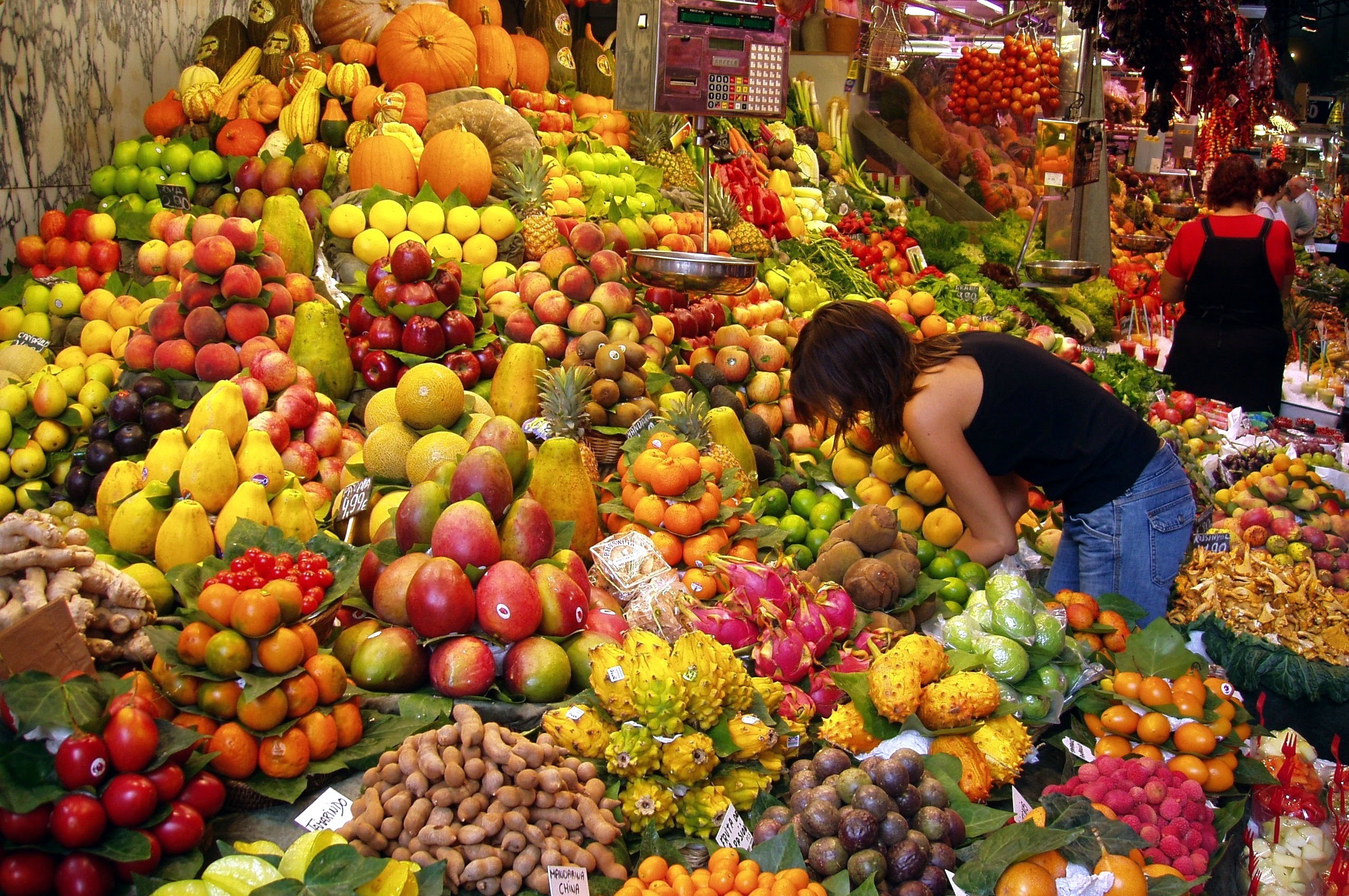The Environmental Workers Group (EWG) ranks popular produce by analyzing pesticide residue testing data from the U.S.D.A. and the F.D.A. From this information, they rank produce for their Clean 15 list and their Dirty Dozen list.
The 2016 Dirty Dozen
The Dirty Dozen list is a list of the popular produce with the highest pesticide residue. Number one on the list is the “dirtiest” or most pesticide laden. For the past 5 years, apples have topped the list. This year they have been outranked. Strawberries now top the list. One their website, the EWG states the following in regards to the Dirty Dozen:
Key findings:
- More than 98 percent of strawberry samples, peaches, nectarines, and apples tested positive for at least one pesticide residue.
- The average potato had more pesticides by weight than any other produce.
- A single grape sample and a sweet bell pepper sample contained 15 pesticides.
- Single samples of strawberries showed 17 different pesticides.
The list is a warning. If you do not want to ingest toxic food, these are the conventional fruits and vegetables to avoid. Don’t choose these fruits and vegetables unless they are organic. Washing does not remove all pesticide traces. In some cases, peeling them does not remove all pesticides. This year’s Dirty Dozen list is as follows:
- Strawberries
- Apples
- Nectarines
- Peaches
- Celery
- Grapes
- Cherries
- Spinach
- Tomatoes
- Sweet bell peppers
- Cherry tomatoes
- Cucumbers
Hot peppers and leafy greens don’t meet the criteria to be ranked on the Dirty Dozen but they are a special concern because they are often contaminated with residue of highly toxic pesticides including organophosphate and carbamate insecticides. Some of these chemicals have been banned from use on other crops because they but are still allowed for use on peppers and greens. Organophosphates are neurotoxins that have been linked to low birth weight, low IQ, and disrupted brain development. Without question these greens and hot peppers should be on the “choose organic only” list.
The 2016 Clean 15
The Clean Fifteen are the top popular produce items that are the safest choices for conventional produce. The number 1 ranked avocado is the “cleanest.” There is one thing to keep in mind, however. Organic is best. And while corn and papayas may be relatively clean as far as pesticide residue, it is still wise to choose organic to avoid GMOs. Conventionally grown corn and papaya may be GM crops. One their website, the EWG states the following in regards to the Clean 15:
Key findings:
- Avocados were the cleanest: only 1 percent of avocado samples showed any detectable pesticides.
- Some 89 percent of pineapples, 81 percent of papayas, 78 percent of mangoes, 73 percent of kiwi and 62 percent of cantaloupes had no residues.
- No single fruit sample from the Clean Fifteen™ tested positive for more than 4 types of pesticides.
- Multiple pesticide residues are extremely rare on Clean Fifteen™ vegetables. Only 5.5 percent of Clean Fifteen samples had two or more pesticides.
The Clean 15
- Avocados
- Sweet Corn
- Pineapples
- Cabbage
- Sweet peas frozen
- Onions
- Asparagus
- Mangos
- Papayas
- Kiwi
- Eggplant
- Honeydew Melon
- Grapefruit
- Cantaloupe
- Cauliflower
For a downloadable version of the Dirty Dozen and Clean 15, check out the EWG website.
